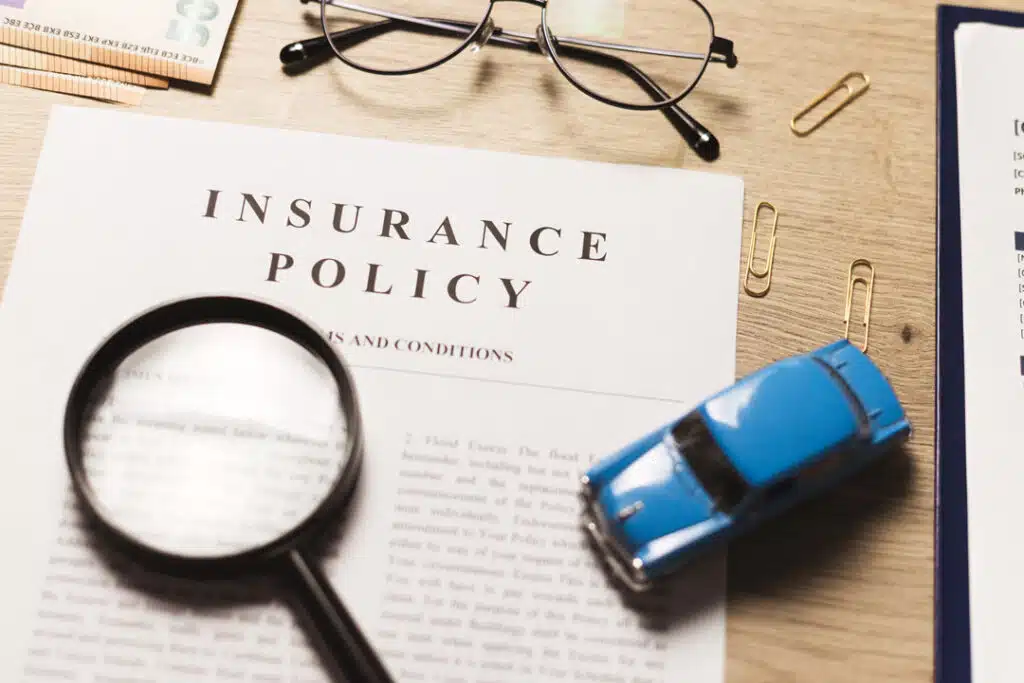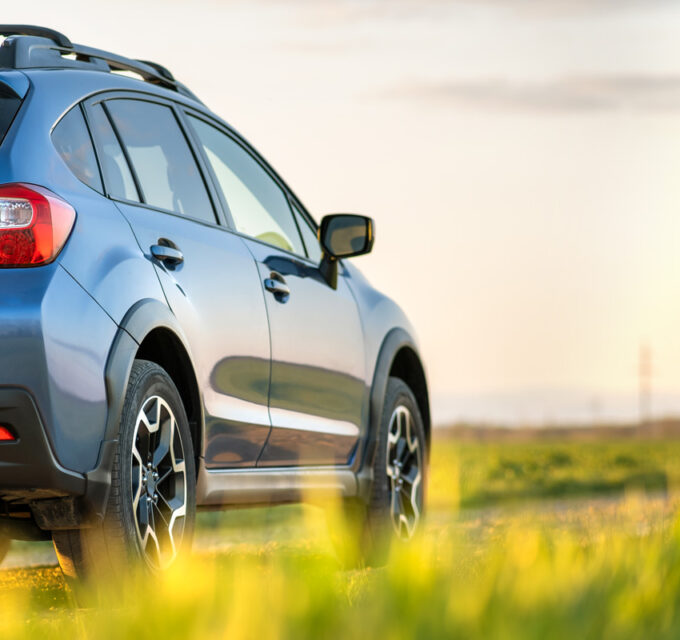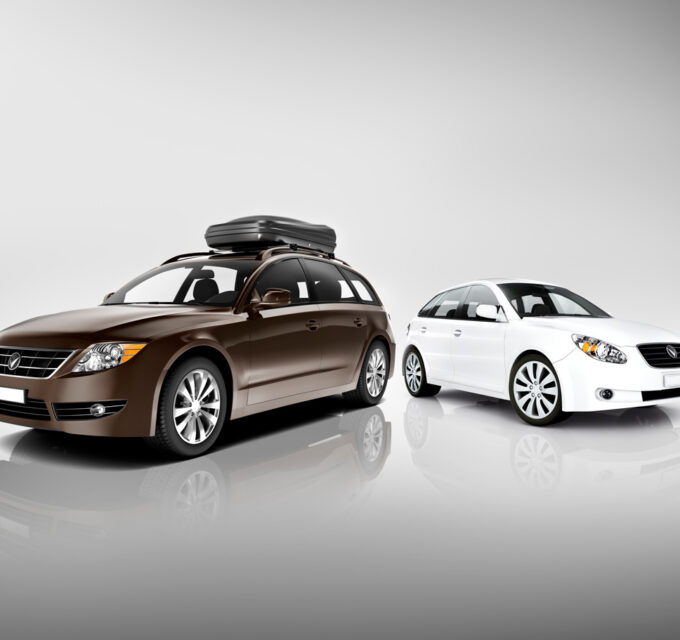Car insurance is a critical component of vehicle ownership, offering financial protection in the event of accidents, theft, or damage. Navigating the world of car insurance can be complex, but understanding the basics and knowing how to choose the right coverage can help you make informed decisions. This guide will break down the essential aspects of car insurance and provide tips on finding the best coverage for your needs.
1. Car Insurance Basics
Car insurance is designed to protect you financially in various scenarios related to your vehicle. Here’s an overview of the fundamental elements:
Types of Coverage
- Liability Coverage:
- Bodily Injury Liability (BIL): Covers medical expenses and legal fees if you’re responsible for injuring someone in an accident.
- Property Damage Liability (PDL): Covers the cost of repairing or replacing another person’s property if you’re at fault in an accident.
- Collision Coverage:
- Covers the cost of repairing or replacing your vehicle after a collision, regardless of who is at fault. It’s particularly important if you have a newer or high-value car.
- Comprehensive Coverage:
- Protects against non-collision-related damage to your vehicle, such as theft, vandalism, fire, or natural disasters.
- Personal Injury Protection (PIP) / Medical Payments Coverage:
- Covers medical expenses for you and your passengers, regardless of who is at fault. PIP may also cover lost wages and other related costs.
- Uninsured/Underinsured Motorist Coverage:
- Provides protection if you’re involved in an accident with a driver who has insufficient or no insurance coverage. It helps cover medical expenses and property damage.
- Rental Car Coverage:
- Pays for a rental car if your vehicle is in the shop due to a covered claim.
Key Terms
- Premium: The amount you pay for insurance coverage, usually on a monthly, semi-annual, or annual basis.
- Deductible: The amount you must pay out of pocket before your insurance kicks in. Higher deductibles generally mean lower premiums.
- Coverage Limit: The maximum amount your insurance will pay for a covered loss. Ensure your limits are adequate to cover potential damages or injuries.

2. Finding the Best Coverage
Choosing the best car insurance coverage involves evaluating your needs, comparing policies, and understanding your options. Here’s a step-by-step approach to finding the right coverage:
Assess Your Needs
- Vehicle Value: Consider the value of your vehicle when deciding on collision and comprehensive coverage. Newer or more valuable cars generally benefit from higher coverage limits.
- Driving Habits: If you drive frequently or have a long commute, ensure your policy provides adequate protection for various scenarios.
- State Requirements: Each state has its own minimum insurance requirements. Make sure you meet or exceed these requirements to comply with the law.
Compare Insurance Providers
- Research Providers: Look for insurance companies with strong financial ratings and good customer service reviews. Reputable providers are more likely to offer reliable support and prompt claims processing.
- Obtain Quotes: Get quotes from multiple insurance providers to compare rates and coverage options. Many companies offer online tools to make this process easier.
- Check for Discounts: Ask about available discounts, such as those for safe driving, bundling policies (e.g., home and auto), or having certain safety features in your vehicle.
Understand Policy Terms
- Read the Fine Print: Carefully review the policy details, including exclusions, limitations, and conditions. Ensure you understand what is covered and what isn’t.
- Coverage Limits: Verify that the coverage limits are sufficient for your needs. For example, higher liability limits can provide better protection in the event of a serious accident.
Review and Adjust Regularly
- Periodic Reviews: Regularly review your insurance policy to ensure it still meets your needs, especially if you experience major life changes such as buying a new car, moving, or changes in your driving habits.
- Adjust Coverage: Adjust your coverage as necessary to reflect changes in your vehicle’s value, your financial situation, or changes in state insurance requirements.

Conclusion
Understanding the basics of car insurance and knowing how to find the best coverage are crucial steps in protecting yourself and your vehicle. By assessing your needs, comparing policies, and staying informed about your options, you can secure a policy that provides adequate protection while fitting your budget. Regularly reviewing your insurance and making adjustments as needed will help ensure that you maintain optimal coverage throughout your vehicle’s life.






